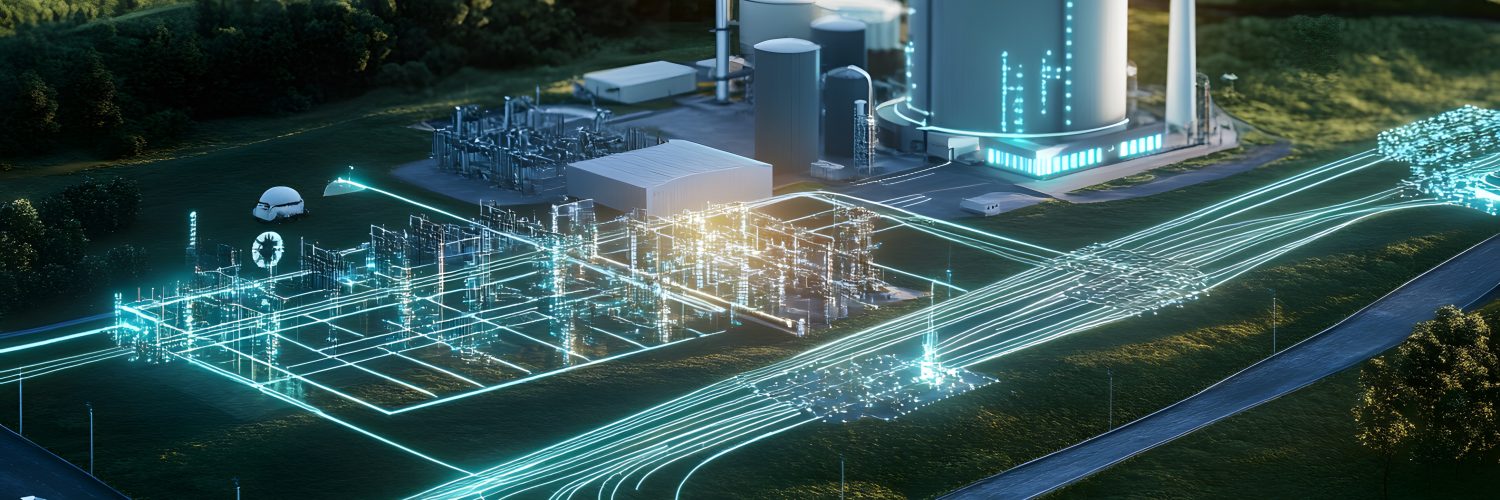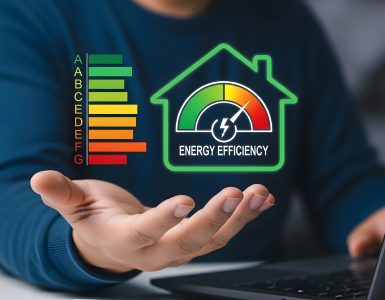Unlock hidden savings, drive smarter operations, and meet sustainability goals with precision energy data.
In today’s energy landscape, knowledge isn’t just power—it’s profit.
As businesses contend with rising utility costs, growing sustainability mandates, and mounting pressure to decarbonize, real-time energy monitoring has become mission-critical. Real-time energy monitoring offers a strategic advantage—delivering the insights needed to make smarter decisions, reduce costs, and boost operational efficiency.
The Challenge: Blind Spots in Energy Management
Despite advances in building automation and sustainability initiatives, many facilities still rely on monthly utility bills or legacy metering systems for tracking energy use. These tools, while useful for broad benchmarking, often leave major gaps.
According to the U.S. Department of Energy, commercial buildings waste up to 30% of the energy they consume, often due to undetected inefficiencies or equipment faults.
Without granular, real-time visibility, energy waste becomes invisible and costly.
Common consequences include:
- Unexpected demand charges (which can represent 30–70% of a commercial electricity bill)
- Inability to verify ROI on energy-saving investments
- Missed maintenance issues, like malfunctioning motors or compressors
- Limited ability to comply with ESG reporting and carbon tracking
Real-Time Monitoring: The Key to Operational Intelligence
Real-time energy monitoring transforms your utility data from static to strategic. With minute-by-minute or even sub-second data resolution, businesses gain the ability to track energy usage by zone, circuit, equipment, or process.
When implemented effectively, this leads to:
- 10–20% reductions in overall energy use through better visibility and management (Energy Star)
- Early detection of anomalies or equipment failure
- Improved measurement and verification (M&V) of energy efficiency projects
- Smarter load management and demand charge reduction
Real-time data empowers facilities teams to shift from reactive maintenance and reporting to proactive strategy and optimization.
Precision Enables Better Decisions
Precision is the foundation of actionable energy data. Without it, misinterpretation or misallocation of energy use can lead to misguided decisions.
In facilities with complex energy loads, such as manufacturing, data centers, hospitals, or universities, precision is especially vital. Even small discrepancies in measurement can have large financial implications when scaled across dozens of systems or multiple locations.
A McKinsey study found that companies leveraging advanced energy analytics can reduce facility energy costs by up to 15% while also improving uptime and equipment reliability.
Energy Data as a Strategic Asset
Energy monitoring is no longer just a facilities tool—it’s a strategic capability that touches operations, finance, compliance, and sustainability.
Benefits extend across departments:
- Finance: Reduce operating expenses and forecast energy budgets with greater accuracy
- Operations: Detect inefficiencies before they become failures
Sustainability: Track Scope 2 emissions in real time and align with ESG targets - Compliance: Meet local benchmarking, carbon reporting, or green building requirements
Conclusion: Energy Monitoring for Long-Term Value
Energy data, when captured accurately and used effectively, can drive value far beyond cost savings. It can improve system performance, inform capital planning, enhance transparency, and position your business as a sustainability leader.
In a time when every watt—and every dollar—counts, real-time energy monitoring gives businesses the clarity they need to act with confidence.
Sources:
Contact Us | Learn More |















